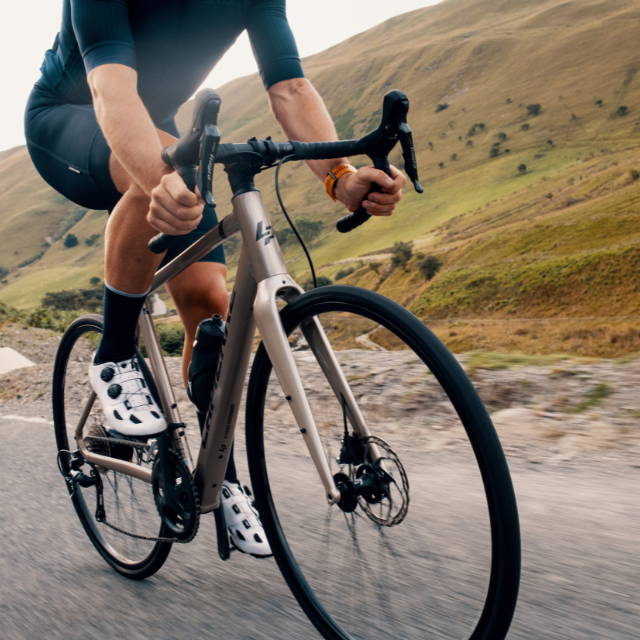The Actual Difference Between Heavy and Lightweight E-Bikes
Written by: Rémy Rossi | January 16, 2024 | Time to read 4 min
Dr. Suess said “One bike, two bike, heavy bike, light bike”. Or was it fish? Anyway, I’ll explain the difference between heavy and lightweight e-Bikes.

More about the Author: Remy Rossi
Rémy Rossi is a bike writer, mechanic, and educator who got his start in community-based bike shops and co-ops. With a decade in the industry, he still wrenches on bikes when he can and plays bike polo on a fixie.

👋 Interested about Upway?
How much do electric bikes weigh?
There’s a huge range when it comes to the weight of electric bikes— some stay impressively close to that of standard bikes while others can approach 100 lbs. Most e-Bikes, however, fall somewhere around the 45-55 lbs. mark. E-Bikes are typically around 13-18 lbs. heavier than standard bikes, the added weight mainly coming from the motor and battery.
Electric bikes that can be described as “heavy” weigh more than 55 lbs. while “lightweight” models come in around or under 45 lbs. That’s not a hard and fast rule, but I think it’s an accurate and useful metric when comparing e-Bikes.
What is a lightweight electric bike?

Advantages of lightweight e-Bikes
- Better handling: Less weight added to the bike preserves the natural ride sensation you’re used to on a standard bike.
- Easier off-bike use: Lightweight e-Bikes can still be carried upstairs or lifted onto bike racks. Less effort to pivot the bike or raise it up when doing maintenance.
- More efficient: Lower overall weight means less energy required to accelerate the e-Bike. Batteries provide a longer range on lightweight bikes.
- Sleeker look: There are often slim and stylish aesthetics instead of chunky shapes that have to house oversized batteries or motors of heavier e-Bikes.
- Range options: Many lightweight e-Bikes still come with an optional range extender battery so you can customize your setup to your needs.
Drawbacks to lightweight e-Bikes

- Less powerful: Likely limited to lower top speeds with less torque
- Less range: Typically have batteries with a couple of hundred fewer watt-hours than regular or heavy e-Bikes
- Integrated batteries may not be removable: Some models like the Vado SL have non-removable batteries that are sleek and low-weight, but can’t be removed for off-bike charging
Heavy e-Bikes

E-Bike weight: the tradeoff
“Full-fat” vs. lightweight e-MTBs

Key Takeways
- Lightweight e-bikes (<45 lbs.) are nimble and efficient, ideal for commuting and recreation. Lightweight e-MTBs soar up the climbs.
- Heavy e-bikes (>55 lbs.) offer more power and range that comes in handy during off-road and utility use.
- Tradeoffs Matter lightweight models sacrifice power for better handling and efficiency, while heavier e-Bikes provide extra oomph but can feel cumbersome.


